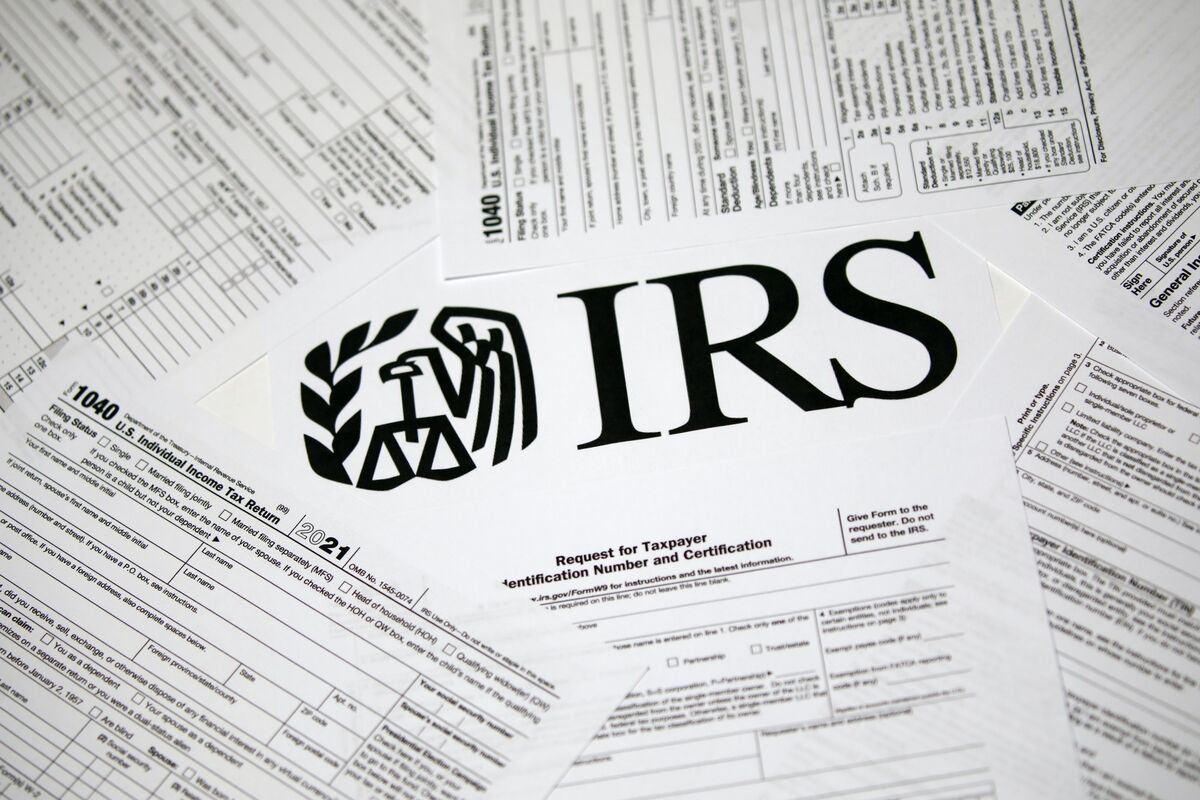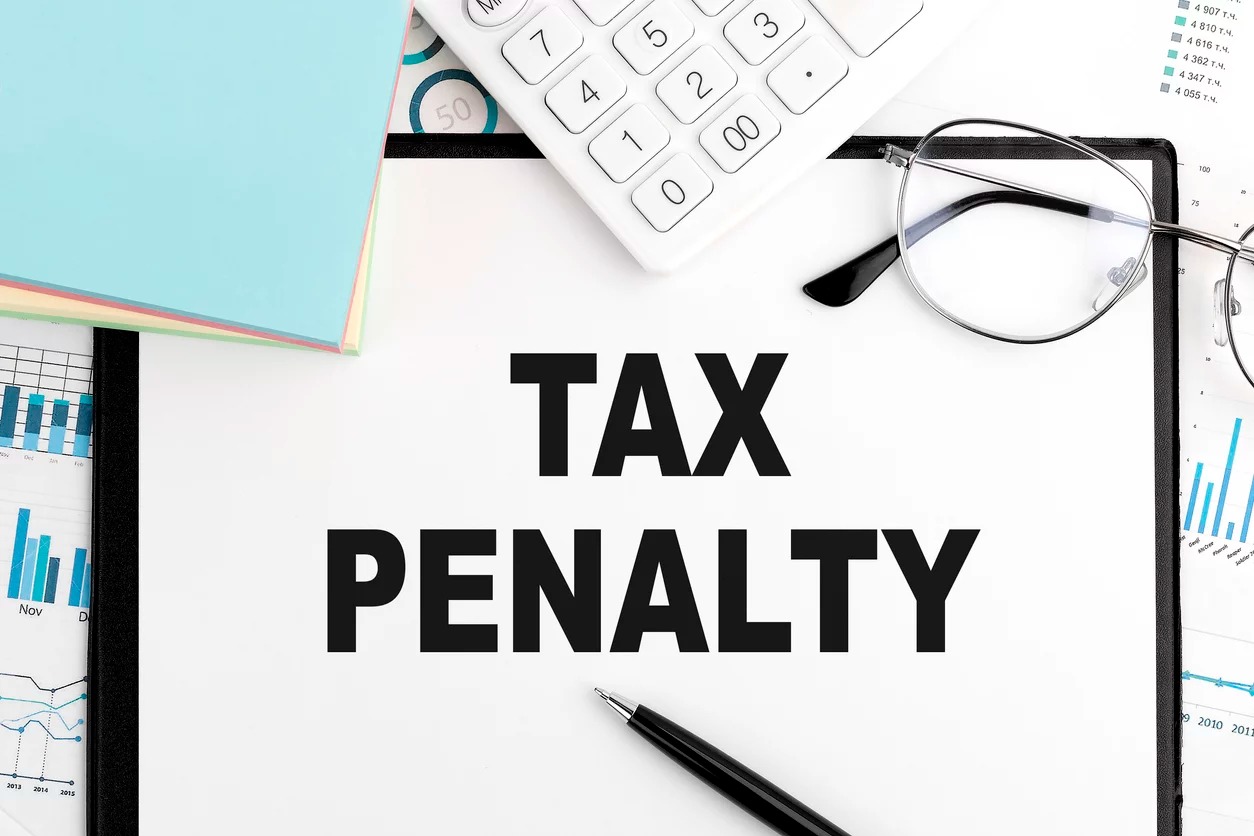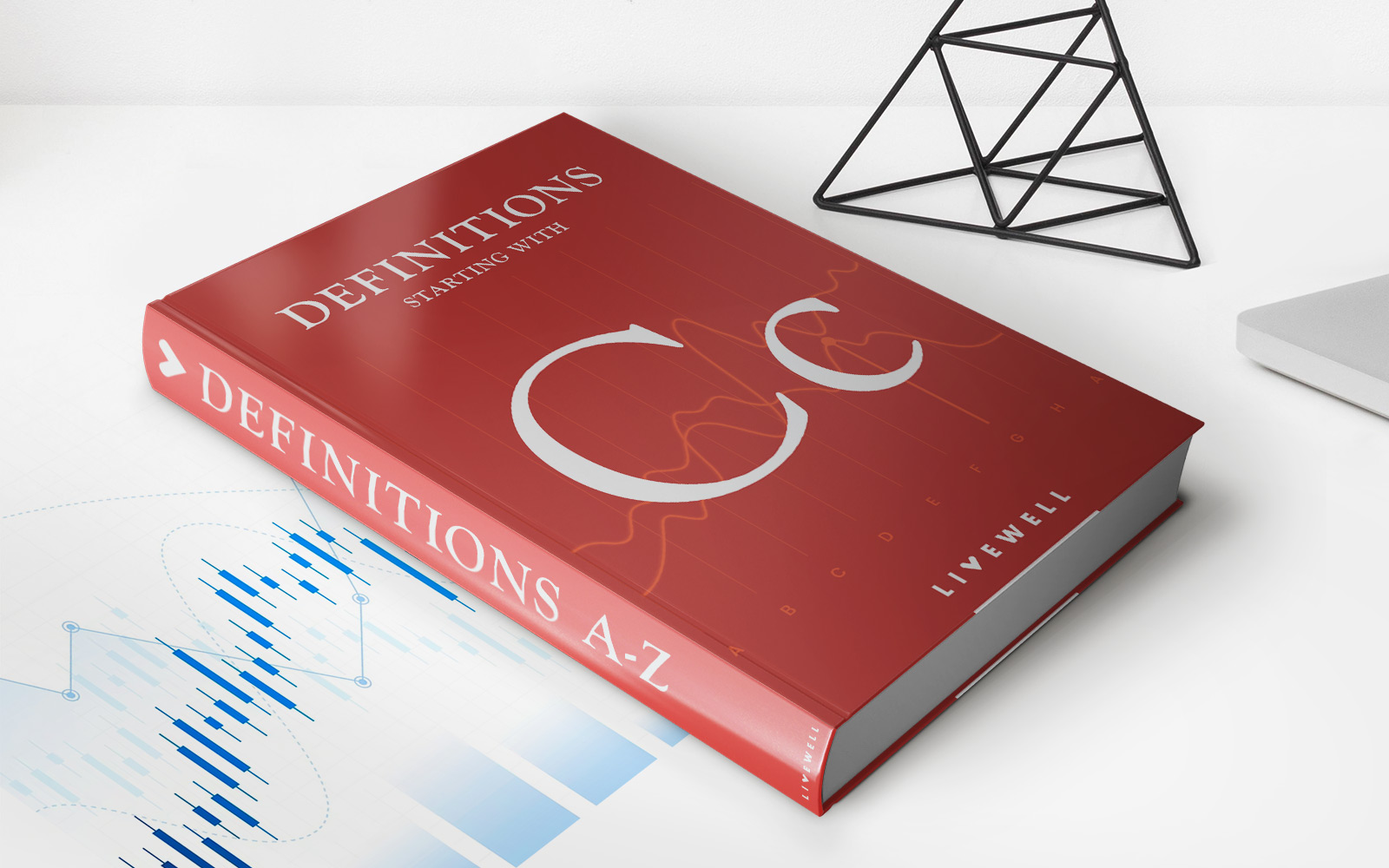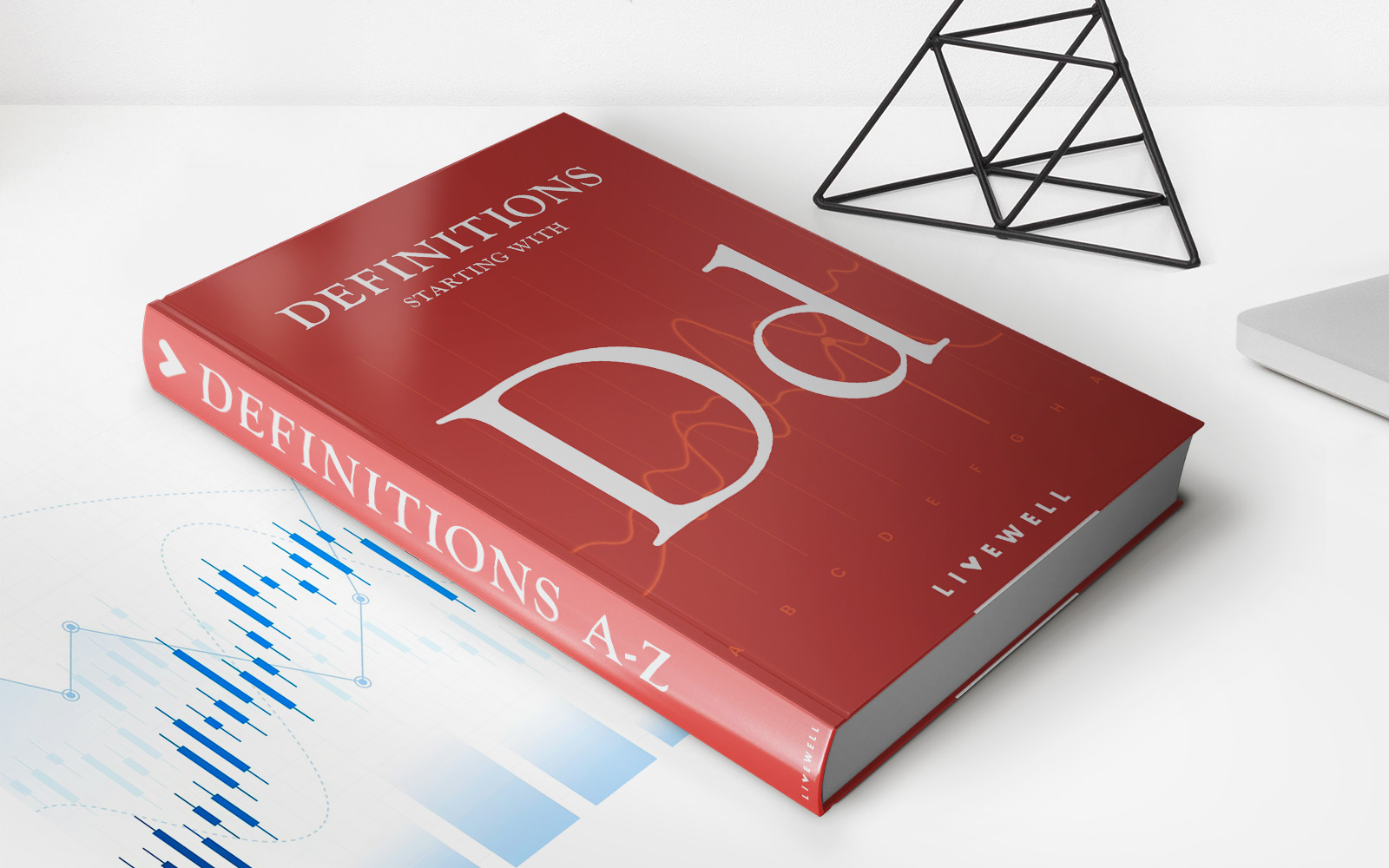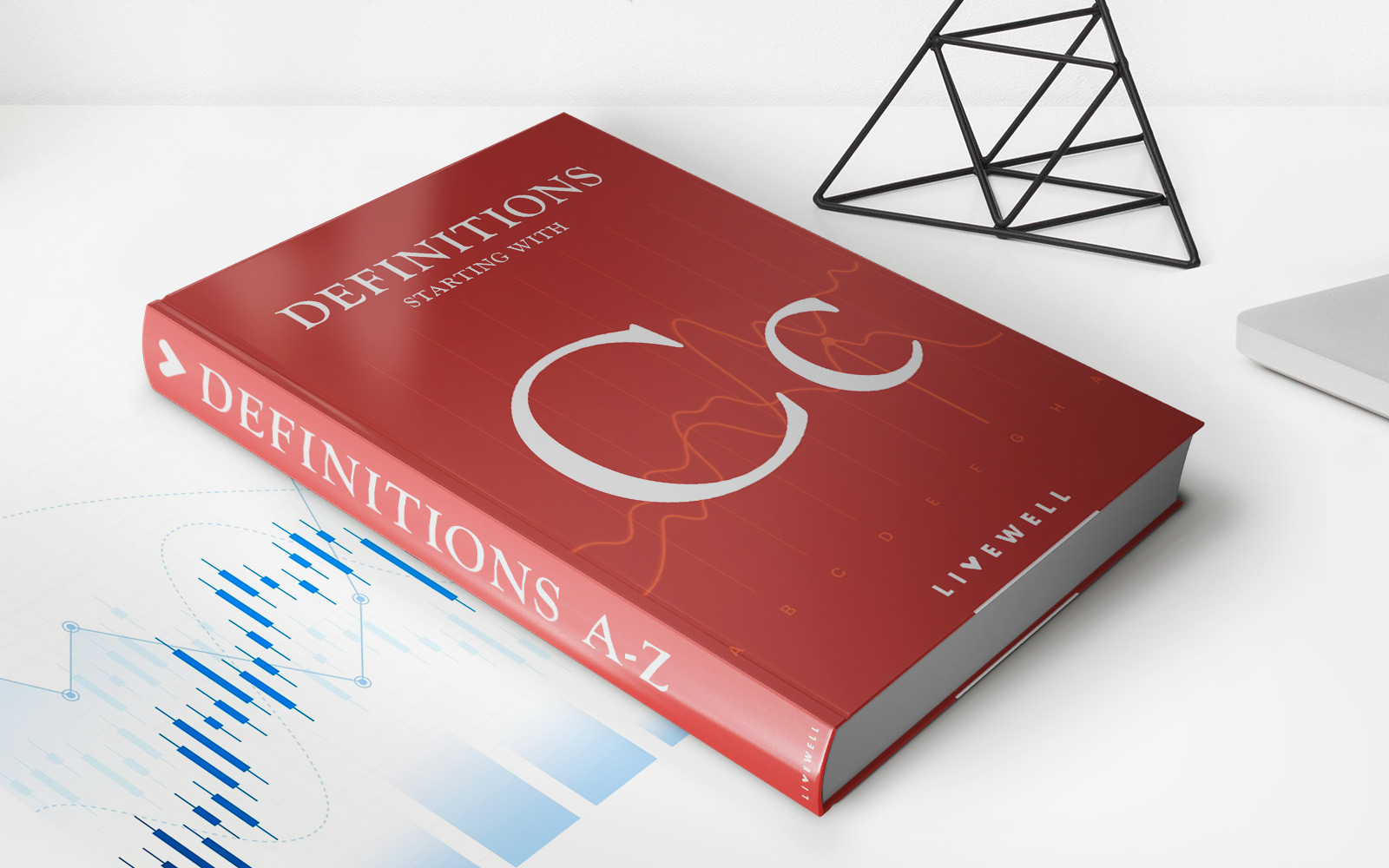

Finance
Where To Enter 1098-T On A Tax Return
Published: November 24, 2023
Learn where to enter your 1098 T form on your tax return and maximize your finance opportunities.
(Many of the links in this article redirect to a specific reviewed product. Your purchase of these products through affiliate links helps to generate commission for LiveWell, at no extra cost. Learn more)
Table of Contents
- Introduction
- Understanding the 1098-T Form
- Determining if You Need to Report the 1098-T on Your Tax Return
- Where to Enter the 1098-T Form on a 1040 Tax Return
- Where to Enter the 1098-T Form on a 1040A Tax Return
- Where to Enter the 1098-T Form on a 1040EZ Tax Return
- Reporting Educational Expenses and Scholarships
- Special Situations: Married Filing Separately, Dependents, and Non-Residents
- Common Mistakes and FAQs
- Conclusion
Introduction
When it comes to filing your tax return, it’s important to ensure that you report all relevant information accurately. This includes any educational expenses or scholarships you may have received throughout the year. One important form to be aware of is the 1098-T form, which is used to report tuition and related expenses.
In this article, we will guide you through the process of understanding and reporting the 1098-T form on your tax return. Whether you are filing a 1040, 1040A, or 1040EZ tax return, we will provide you with the necessary information on where to enter the 1098-T form.
It is important to note that not everyone is required to report the 1098-T form on their tax return. Depending on your individual circumstances, you may or may not need to include this form when filing your taxes. We will help you determine if you need to report the 1098-T form based on your situation.
Furthermore, we will address any special situations that may apply, such as being married filing separately, having dependents, or being a non-resident. These situations may have specific requirements when it comes to reporting the 1098-T form on your tax return.
Lastly, we will highlight some common mistakes that taxpayers often make when reporting educational expenses and scholarships. By being aware of these errors, you can avoid potential issues and ensure that your tax return is accurate and compliant with the IRS guidelines.
So, let’s dive in and explore where to enter the 1098-T form on your tax return and how to avoid any pitfalls along the way.
Understanding the 1098-T Form
The 1098-T form is a document that colleges and universities are required to provide to students who paid qualified educational expenses during the tax year. This form serves as a record of the student’s eligible expenses and any scholarships or grants they may have received.
The purpose of the 1098-T form is to assist students in claiming education-related tax benefits. It provides important information that is used to determine if the student is eligible for tax credits, deductions, or other benefits related to higher education expenses.
The 1098-T form includes details such as the student’s name, social security number or taxpayer identification number, and the name and address of the educational institution. It also lists the amounts paid for qualified tuition and related expenses, as well as any scholarships or grants received.
It’s important to note that the 1098-T form only reports the amounts paid and scholarships or grants received during the tax year, not the amount billed. This means that if you paid for tuition or related expenses in one tax year, but they were billed in a different year, you should report them based on the year in which you made the payment.
Additionally, it’s worth mentioning that the 1098-T form does not provide all the information needed to claim education-related tax benefits. It is a starting point for gathering the necessary information, but you may need to consult additional resources or seek professional advice to accurately report your educational expenses on your tax return.
Now that you have a basic understanding of the 1098-T form, let’s move on to determining if you need to report it on your tax return.
Determining if You Need to Report the 1098-T on Your Tax Return
Not everyone is required to report the 1098-T form on their tax return. Whether or not you need to include this form depends on several factors, including the types of tax benefits you are eligible for and your individual circumstances.
If you are eligible for any education-related tax credits, such as the American Opportunity Credit or the Lifetime Learning Credit, you will likely need to report the 1098-T form on your tax return. These credits can help reduce your tax liability and provide financial assistance for eligible education expenses.
However, if you are not eligible for any education-related tax credits or deductions, you may not be required to report the 1098-T form. In this case, you have the option to exclude it from your tax return. Keep in mind that even if you choose not to report the 1098-T form, you should still retain it for your records in case of any future inquiries or audits.
In some situations, you may receive a 1098-T form even if you are not the taxpayer. For example, if your parents or guardians are claiming you as a dependent and are eligible for education-related tax benefits, they may need to include the 1098-T form on their tax return. It’s important to communicate and coordinate with your parents or guardians to ensure accurate reporting.
It’s essential to review the instructions provided by the IRS and consult with a tax professional if you are unsure about whether or not you need to report the 1098-T form on your tax return. They can provide personalized guidance based on your specific circumstances and help you maximize your eligible tax benefits.
Now that you understand the factors involved in determining if you need to report the 1098-T form, let’s explore where to enter it on various tax return forms.
Where to Enter the 1098-T Form on a 1040 Tax Return
If you are filing a 1040 tax return, there are specific sections where you should enter the information from your 1098-T form. The location may vary depending on whether you are eligible for education-related tax credits or deductions.
If you are eligible for the American Opportunity Credit or the Lifetime Learning Credit, you should report the information from your 1098-T form on Form 8863, Education Credits. This form is used to calculate and claim these tax credits.
In Part III of Form 8863, you will enter the details from your 1098-T form, including the amounts paid for qualified tuition and related expenses, as well as any scholarships or grants received. The form will guide you through the specific fields to fill out based on the information provided on your 1098-T form.
It’s important to ensure that the amounts you enter on Form 8863 match the information on your 1098-T form. Double-check for accuracy and make sure to retain your 1098-T form for your records.
If you are not eligible for education-related tax credits, you still need to report the information from your 1098-T form on your 1040 tax return. You should enter the amounts paid for qualified tuition and related expenses on the appropriate line of your tax return.
The specific line on the 1040 form to enter this information can vary, so it’s crucial to refer to the instructions provided by the IRS for the tax year you are filing. Look for any sections or schedules dedicated to reporting education expenses, and follow the instructions accordingly.
Remember, accurate reporting is key to ensure compliance with IRS guidelines. If you are unsure about where to enter your 1098-T form on your 1040 tax return, consider seeking assistance from a tax professional or consulting the IRS website for additional guidance.
Now that you know where to enter the 1098-T form on a 1040 tax return, let’s move on to discussing where to enter it on a 1040A or 1040EZ tax return.
Where to Enter the 1098-T Form on a 1040A Tax Return
If you are filing a 1040A tax return, you will need to report the information from your 1098-T form in the appropriate sections. The location may vary depending on whether you are eligible for education-related tax credits or deductions.
If you are eligible for the American Opportunity Credit or the Lifetime Learning Credit, you should report the information from your 1098-T form on Form 8863, Education Credits. This form is used to calculate and claim these tax credits.
In Part III of Form 8863, you will enter the details from your 1098-T form, including the amounts paid for qualified tuition and related expenses, as well as any scholarships or grants received. The form will guide you through the specific fields to fill out based on the information provided on your 1098-T form.
After completing Form 8863, you will transfer the total education credit from line 19 to line 31 of your 1040A tax return. Make sure to follow the instructions provided by the IRS to accurately report the information.
If you are not eligible for education-related tax credits, you still need to report the information from your 1098-T form on your 1040A tax return. You should enter the amounts paid for qualified tuition and related expenses on the appropriate line of your tax return.
The specific line on the 1040A form to enter this information can vary, so it’s crucial to refer to the instructions provided by the IRS for the tax year you are filing. Look for any sections or schedules dedicated to reporting education expenses, and follow the instructions accordingly.
As always, ensure that the amounts you enter on your tax return match the information on your 1098-T form. Double-check for accuracy and retain your 1098-T form for your records.
If you have any doubts or questions about where to enter the 1098-T form on your 1040A tax return, consider consulting the IRS website or seeking assistance from a tax professional.
Next, let’s explore where to enter the 1098-T form on a 1040EZ tax return.
Where to Enter the 1098-T Form on a 1040EZ Tax Return
If you are filing a 1040EZ tax return, reporting the information from your 1098-T form is relatively straightforward. The 1040EZ tax return is designed for individuals with simple tax situations and limited deductions or credits.
To report the information from your 1098-T form, you will enter the amounts paid for qualified tuition and related expenses on line 1 of your 1040EZ tax return. This line is labeled as “Wages, salaries, and tips.”
It’s important to note that on the 1040EZ form, there is no separate section or schedule specifically designated for reporting education expenses. Instead, you will report the amounts paid on line 1, which is normally used for reporting income.
This approach simplifies the process for individuals filing a 1040EZ return, as it eliminates the need for additional forms or schedules related to education expenses.
Make sure to accurately enter the amounts from your 1098-T form on line 1. Double-check for accuracy and ensure that the amounts match the information on your 1098-T form. Retain your 1098-T form for your records, as you may need it for future reference or documentation.
If you have any questions or concerns about reporting the 1098-T form on your 1040EZ tax return, consider consulting the instructions provided by the IRS for the tax year you are filing. You may also seek guidance from a tax professional if needed.
Now that you know where to enter the 1098-T form on a 1040EZ tax return, let’s move on to discussing reporting educational expenses and scholarships.
Reporting Educational Expenses and Scholarships
In addition to reporting the information from the 1098-T form, you may also have other educational expenses or scholarships to report on your tax return. These expenses and scholarships can have an impact on your overall tax liability and potential tax benefits.
Qualified educational expenses may include tuition, fees, textbooks, and other necessary supplies required for enrollment or attendance at an eligible educational institution. You can generally deduct these expenses if they are paid by you, your spouse, or a dependent for whom you claim an exemption on your tax return.
If you paid for qualified educational expenses using funds from a scholarship or grant, it’s important to consider the tax implications. In some cases, scholarships or grants may be taxable, depending on their terms and conditions.
If your scholarship or grant is taxable, you will need to report the amount as income on your tax return. However, if the scholarship or grant is used to pay for qualified educational expenses, you may still be eligible for education-related tax credits or deductions.
On the other hand, if your scholarship or grant is not taxable and is used solely for qualified educational expenses, you do not need to report it as income on your tax return. However, it’s still important to retain documentation and records to support your claim and to ensure compliance with IRS guidelines.
When reporting educational expenses and scholarships on your tax return, you will generally need to provide documentation supporting your claims. This can include receipts, invoices, or other records that substantiate the expenses paid and the amounts received in scholarships or grants.
It’s crucial to report the correct amounts and ensure accuracy to avoid any potential issues or discrepancies with the IRS. Keep track of all relevant documents and retain them for at least three years, as the IRS may request evidence or documentation for educational expenses and scholarships claimed on your tax return.
If you have questions or concerns about reporting educational expenses and scholarships on your tax return, consult the IRS instructions or seek advice from a tax professional. They can provide personalized guidance based on your specific situation and help you maximize your eligible tax benefits.
Now that you understand how to report educational expenses and scholarships, let’s address some special situations that may arise when filing your tax return.
Special Situations: Married Filing Separately, Dependents, and Non-Residents
When it comes to filing your tax return, certain special situations can arise that may affect how you report the 1098-T form and educational expenses. Let’s explore some of these special situations.
Married Filing Separately:
If you are married and choose to file your tax return separately from your spouse, the rules for reporting the 1098-T form may differ. In this case, only one spouse can claim the education-related tax credits or deductions, provided they meet all the eligibility requirements. It’s crucial to determine which spouse is eligible to claim these benefits and follow the instructions accordingly.
Dependents:
If you are claiming someone as a dependent on your tax return, such as a child or a student, and they have received a 1098-T form, it’s important to coordinate with them regarding the reporting of educational expenses. Depending on their specific circumstances, they may need to report the 1098-T form and claim any education-related tax benefits on their own tax return, even if you are claiming them as a dependent.
Non-Residents:
If you are a non-resident for tax purposes, the rules for reporting the 1098-T form may vary. Non-resident aliens who have received a 1098-T form should consult the IRS guidelines for non-resident taxation and seek advice from a tax professional to ensure accurate reporting of educational expenses and potential tax benefits.
These special situations can add complexity to the reporting of educational expenses and the 1098-T form. It’s important to carefully review the instructions provided by the IRS for each specific situation and consider seeking assistance from a tax professional if needed.
Now that we have covered these special situations, let’s address some common mistakes and frequently asked questions when it comes to reporting the 1098-T form and educational expenses on your tax return.
Common Mistakes and FAQs
Reporting the 1098-T form and educational expenses on your tax return can be complex, and mistakes can easily happen. Here are some common mistakes to avoid and answers to frequently asked questions to help you navigate the process accurately.
Common Mistakes:
- Incorrectly entering amounts: One of the most common mistakes is entering incorrect amounts from the 1098-T form onto your tax return. Double-check all numbers for accuracy and ensure that they match the amounts reported on the form.
- Forgetting to report scholarships: Some taxpayers overlook reporting scholarships or grants received, especially if they are not taxable. Remember to report all scholarships or grants used to pay for qualified educational expenses, whether taxable or not.
- Failing to retain documentation: It’s important to keep documentation, such as receipts and records, to support your claims of educational expenses and scholarships. Failing to retain these documents can make it difficult to substantiate your deductions or credits in case of an audit.
FAQs:
- Can I claim the education credits if I didn’t receive a 1098-T form?
Yes, you may still be eligible for education credits even if you didn’t receive a 1098-T form. Keep records of your qualifying educational expenses and consult IRS guidelines to determine if you meet the requirements for claiming the credits. - Can I claim the American Opportunity Credit and Lifetime Learning Credit in the same tax year?
No, you can only claim one of these credits in the same tax year for the same student. You should choose the credit that provides the most benefit based on your individual circumstances. - Can I deduct student loan interest if I am claiming education credits?
Yes, in some cases, you may be able to deduct student loan interest even if you are also claiming education credits. However, there are income limitations and other factors to consider. Consult IRS guidelines or seek advice from a tax professional for more information. - Do I need to report my 1098-T form if I didn’t pay any tuition out of pocket?
Yes, even if you didn’t pay any tuition out of pocket, you should still report the amounts listed on your 1098-T form. The form includes details of scholarships or grants received, and this information may affect your eligibility for education-related tax benefits.
Remember, it’s always crucial to review the IRS instructions and guidelines for the tax year you are filing and to seek assistance from a tax professional if you have any doubts or complex situations.
Now that we have covered common mistakes and answered some FAQs, let’s conclude our guide on reporting the 1098-T form and educational expenses on your tax return.
Conclusion
Reporting the 1098-T form and educational expenses on your tax return may seem daunting, but with the right information and attention to detail, you can navigate the process smoothly. By understanding the purpose of the 1098-T form and the eligibility requirements for education-related tax benefits, you can ensure accurate reporting and potentially maximize your tax savings.
Throughout this article, we have discussed various aspects of reporting the 1098-T form, including where to enter it on different tax return forms, such as the 1040, 1040A, and 1040EZ. We have also covered special situations, such as filing separately, having dependents, and being a non-resident, which may require additional considerations.
Furthermore, we addressed reporting other educational expenses and scholarships, as well as common mistakes to avoid and frequently asked questions to provide you with a comprehensive guide.
Remember, accuracy is key when it comes to reporting educational expenses and the 1098-T form. Double-check all amounts, retain necessary documentation, and consult IRS instructions or seek professional advice if needed.
As always, it’s important to stay informed about any updates or changes in tax laws and regulations, as they can impact your reporting requirements and available tax benefits.
We hope this article has provided you with valuable insights and guidance on reporting the 1098-T form and educational expenses on your tax return. By following the instructions and seeking assistance when needed, you can confidently navigate the process and ensure compliance with IRS guidelines while potentially maximizing your eligible tax benefits.
Happy filing!
